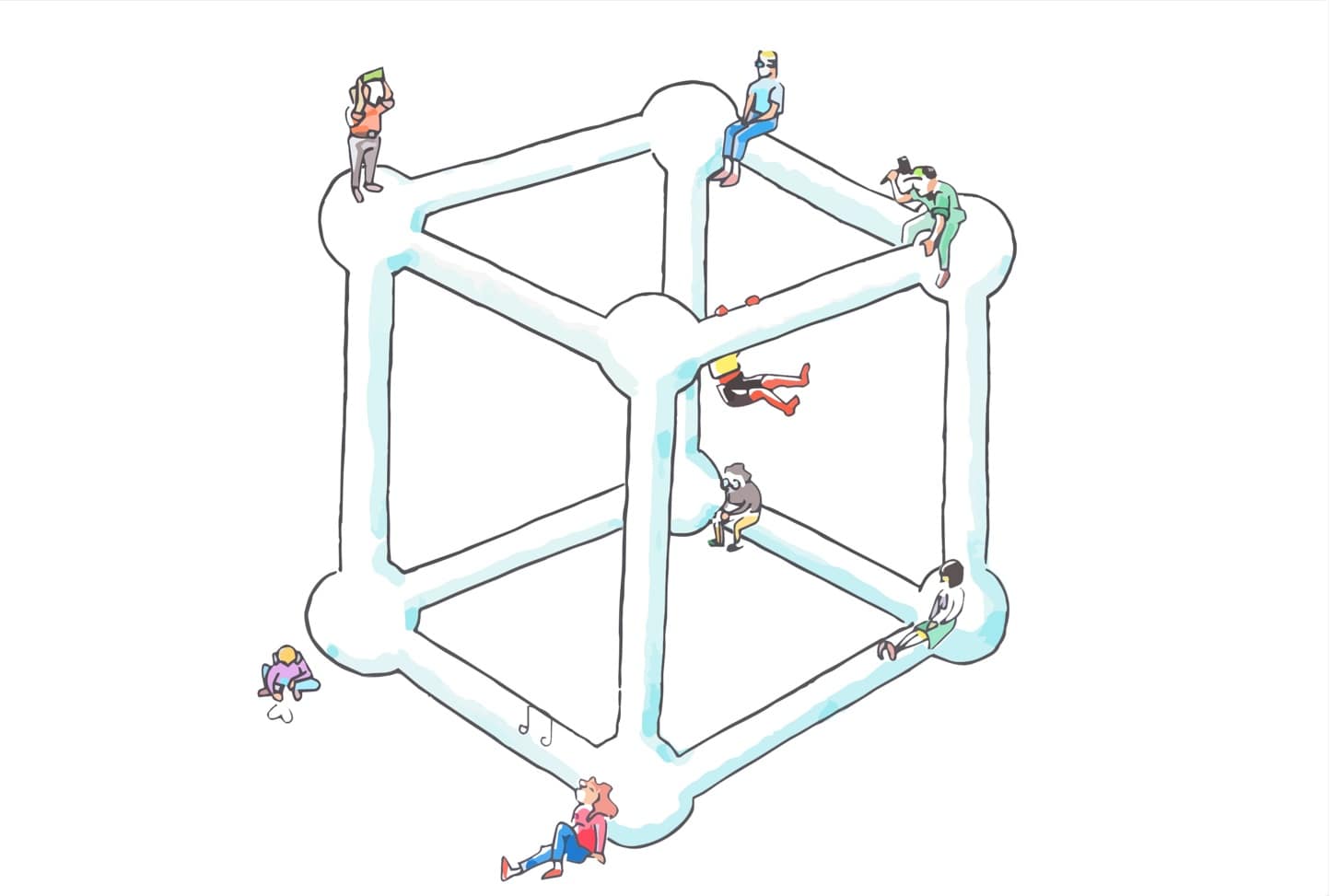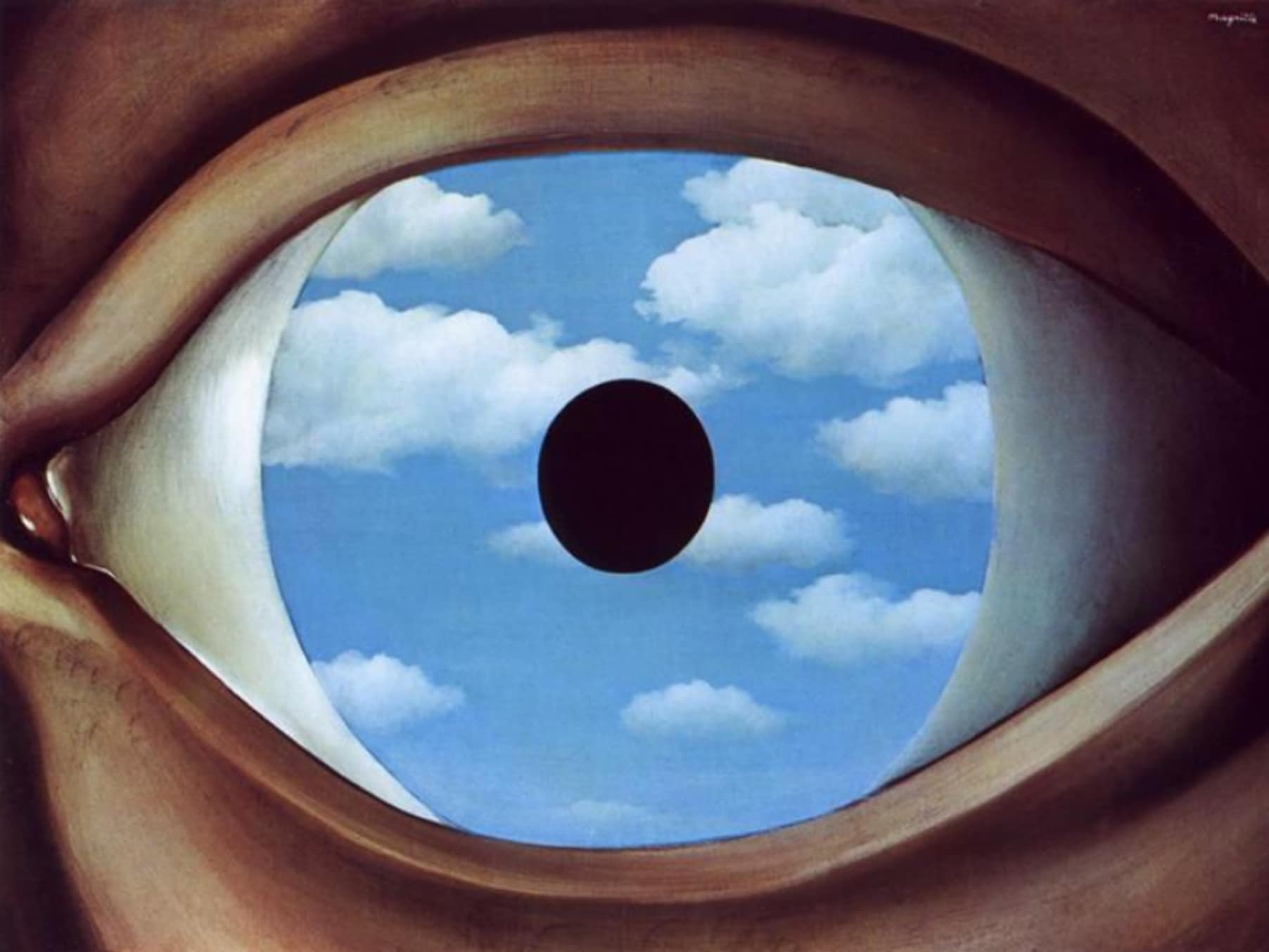Has madness become normal? (Part 1)
How nuts are the Dutch? The wording of titles such as this one in the recent Studium Generale lecture series on “Everyday Madness” (Dutch: Alledaagse Gekte) reflects the intention to present a popular topic to a broad audience. Indeed, categories like ADHD, autism, burnout, and depression have become quite common terms for relating people’s problems.
Last year’s publication of the fifth edition of the handbook for the classification of mental disorders, the DSM, received a lot of critique from both clinical psychologists and psychiatrists. Thanks to this debate, the public learned that there are competing perspectives on how to understand and treat people’s mental health problems. More so when austerity policy is demanding ever more budget cuts and the Dutch Minister of Health was quoted saying that mental disorders aren’t real diseases anyway and people should help themselves.
That austerity policy is demanding ever more budget cuts also increases pressure on the mental health system.
In the recent Studium Generale series, four lecturers discussed the present situation of the mental health system. The topics covered were quite diverse, addressing a variety of disorders such as depression, phobia, and schizophrenia, or philosophical themes such as the of reification of mental disorder classifications and its consequences for patients and society. A recurrent question in the series was why mental disorders are such a big issue in our time, when people are generally wealthy, educated, and safe.
Emphasizing the Notion of Dysfunction
The first lecture consisted of two presentations given by psychiatrist Robert Schoevers and clinical psychologist Peter de Jonge of the University of Groningen. Schoevers talked about the diagnosis of depression and addressed a broad range of historical and theoretical issues. For example, he explained how modern psychiatry was established by the French physician Philippe Pinel (1745-1826) and what the major psychiatric breakthroughs in the 19th and 20th centuries were, such as the treatment of progressive paralysis in the late stadium of syphilis or the 1950s revolution in psychopharmacology. Such discoveries helped establish the medical model of mental disorders.
Turning to the history of the DSM, Schoevers demonstrated that the classification of mental disorders is not a trivial issue and that several different perspectives can be taken. In particular, he pointed out that the research agenda of the early 2000s, set to find the neural and genetic causes underlying the disorders, has been unsuccessful. As David Kupfer, chair of the latest DSM committee, famously said in 2002, researchers tried to “carve nature at its joints” to rewrite the classifications using neuroscience. Schoevers suggested that we focus more on dysfunction instead and he referred to the World Health Organization’s Disability Scale as an example of how to improve clinical decisions.
Focusing on the Individual and Individual Variation
Peter de Jonge continued with a critique of the organizational background and statistical practice that gave rise to the DSM. He said that the 400 disorders now classified in this handbook are based on agreements by respectable elderly men sitting at a conference table; and even though we know there is much variability between people, we tend to overestimate the value of statistical means calculated from whole groups.
For depression, de Jonge calculated that it is possible to meet the diagnostic criteria using 227 different combinations of DSM symptoms, yet all these combinations are counted under just one label. In his own research, he is applying another approach. Together with colleagues with various backgrounds (in psychology and computer science, for example) inhabitants of the Netherlands are invited to provide anonymously all kinds of information on personality, symptoms, mental well-being, and daily functioning on a website. Subsequently people can compare themselves to others, or even learn from network analyses how what they do and think can be linked to how they feel.
Thus, both speakers expressed discontent with the DSM as classification system. They discussed two alternatives that focus on the individual and can be understood complementarily. From Schoevers’ perspective, the psychiatric expert focuses on the patient’s difficulties in her or his real life by assessing clinically relevant dysfunction. From de Jonge’s perspective, the patient can be helped to understand the causes and effects of her or his psychological problems better, which may in turn also help the clinical expert to get an understanding of the patient’s life situation.
To be continued…
Next time I will discuss the lectures by Damiaan Denys (University of Amsteram), Trudy Dehue (University of Groningen), and Jim van Os (University of Maastricht).
Image source: Martin Müller / pixelio.de




The point made by Peter de Jonge, that it is possible to meet the diagnostic criteria for a major depressive episode using 227 different combinations of DSM symptoms, is an interesting one that elicits some more thoughts on these diagnostic criteria. Why is there a distinction between core symptoms (sad mood and anhedonia) and other symptoms (guilt, suicidality? Why do patients need at least five symptoms to be present for at least two weeks – why not six symptoms for at least three weeks? Why can people meet the diagnostic criteria both when they sleep too much and when they sleep too little (how do we know these patients have the same mood disorder, if they don’t have the same sleep disorder)? Second-year Bachelor students of Psychology in Groningen are currently taking the course on Clinical Psychology, I hope they too think about this as they make their way through the lectures and course book…
Thanks for these challenging questions, Marije. As you are referring to an ongoing course, I will postpone my own suggestion to allow perhaps a few students to share their opinion first.